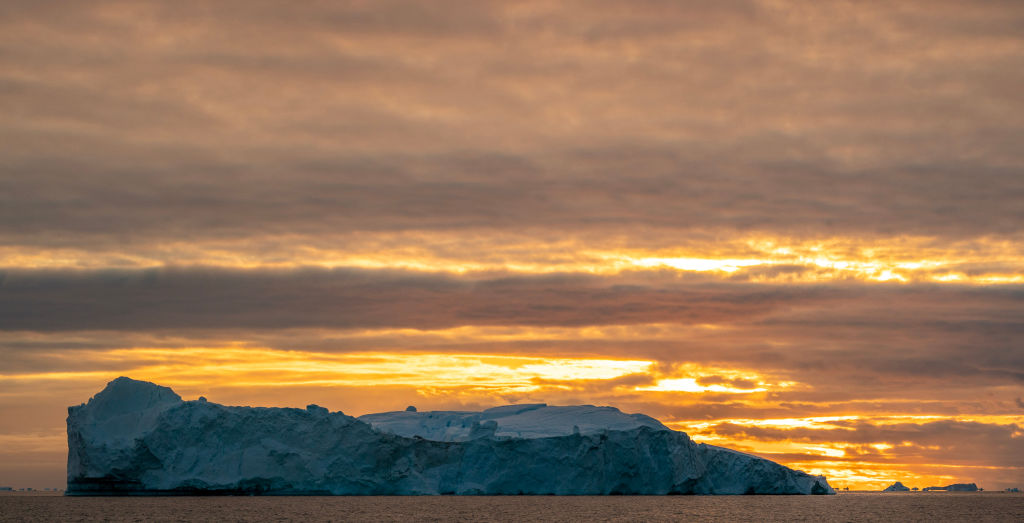
For a year of dubious superlatives, 2020 has left the planet one last parting gift. On 8 Jan., the European Union’s Copernicus Climate Change Service (C3S), which tracks global climate trends announced that not only had 2020 tied with 2016 for the hottest year on record, it also capped the warmest decade on record. For Europeans, there was an extra bonus: the region just had its hottest year ever. If there was ever any doubt that the world is heating up due to increased fossil fuel emissions, they have been effectively quashed.
In a year already defined by the record melting of Greenland’s glaciers, near-record levels of shrinking Arctic sea ice, wildfires blazing across Siberia, and the hottest temperature ever recorded in Antarctica, the latest findings shouldn’t be surprising, says senior C3S scientist Freja Vamborg. “Inevitably if you have an upward trend, which we have been seeing for some time now, well, at some point you are going to bypass annual records and eventually decadal ones as well. As long as we are don’t reduce the greenhouse gas emissions that are the main driver behind this increase, then we will continue breaking these records.”
Nor should anyone be letting out a sigh of relief for the fact that we only tied 2016 for hottest year. The year 2016 was marked by a particularly strong El Niño event, a weather pattern that generally contributes to warmer temperatures. 2020, by contrast, was dominated by a La Niña weather cycle, which actually lowered temperatures in the Pacific. “In general, the expectation is that if you have El Niño, you get a warming like in 2016, and with a La Niña, you tend to have a cooling effect over a large portion of the globe,” says Vamborg. In this case, the cooler pacific temperatures were countered by unusual spikes further north: the biggest leaps in temperature deviation from the 1981-2010 average were in the Arctic, where temperatures surpassed 6°C for the year as a whole, and more than 8°C in some regions in some months. Western Siberia experienced an exceptionally warm winter and spring, conditions that precipitated the summer’s unprecedented wildfires.
Read more: 2020 Was a Year of Climate Extremes. What Can We Expect in 2021?
Europe’s record-breaking year started out with an unusually warm winter (December 2019-February 2020) that exceeded the previous 2016 extreme by almost 1.4°C. That’s perilously close to the 1.5°C warming goal set by the Paris Climate Accords as the maximum amount of warming the world should experience. Of course the Paris figure is meant to be an average over time, not a one off. Still, says Vamborg, record breaking months, years and decades bring us ever closer. “As the rising temperature trend continues, we will at some point have years that hit 1.5, then pass 1.6 and eventually that target will be reached. And the only way to stop that that is to reduce greenhouse gas emissions, and quickly, because indeed we are marching in that direction.”
More Must-Reads from TIME
- Cybersecurity Experts Are Sounding the Alarm on DOGE
- Meet the 2025 Women of the Year
- The Harsh Truth About Disability Inclusion
- Why Do More Young Adults Have Cancer?
- Colman Domingo Leads With Radical Love
- How to Get Better at Doing Things Alone
- Michelle Zauner Stares Down the Darkness
Contact us at letters@time.com